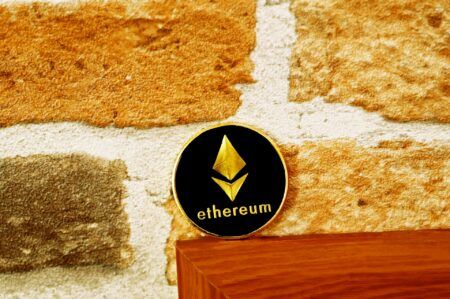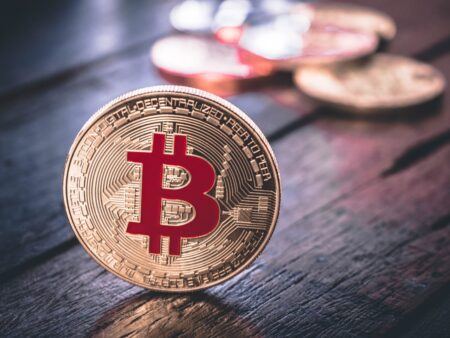It was in 2019 when a robot-artist sold its first drawing for cryptocurrency. Having received an order directly from a customer via a mobile app, it/he/she, the robot, generated a picture and got paid for its work in cryptocurrency, to recover its consumed electricity and paint costs.
A robot requests remuneration and covers its expenses. The market conditions that we created have attracted IoT and life will most likely never be the same. No matter how you imagine the fourth industrial revolution, this is it!
Still, it is just the beginning of this journey! In the next two years, the Polkadot parachain ecosystem is expected to house up to one million deployed IoT devices with their own crypto accounts. This, in turn, will unfold a huge new market of and for smart devices, fueled by financial transactions.
Before this happened though, a series of technical benchmarks appeared over the past 6 years, without which, the idea of a robot as an independent economic agent was considered a fantasy.
Сontracts with machines
To be exact, the clear precursor of this 4th revolution appeared in 1983, when the concept of digital money was initially introduced. Nevertheless, some of the implementations that followed shortly after, including the first electronic cash company in Amsterdam, the e-gold rush and Coca-Cola’s vending machines accepting mobile payments – did not stay afloat for long. To all effects and purposes, these were the first attempts in creating a medium of communication between a human and machine on a market basis.
The next milestone in this field was introduced by a computer scientist and cryptographer Nick Szabo in the early 90s. He coined the term ‘smart-contract’ referring to an obligation cemented in a digital format, where the parties had to perform within certain protocols. Later, in 1998, the scientist designed a mechanism, which is now considered the Bitcoin’s ancestor, called ‘bit gold’.
Eleven years later, the first BTC transactions followed suit. Yet, the idea of contracts and machines unified under one roof became apparent only after the emergence of the Ethereum based smart-contracts. As a result, the tech-savvy crowd focused on the intersection of robotics, AI and gaining at the time pace, blockchain technology.
The idea itself, outlines that a robot can act as an independent economic agent, communicating with other robots on a market defined basis. The life-oriented point is to make smart devices literally smart, and authorized to contract with each other, excluding any human presence in the process.
No matter how many IoT devices you have in your home, you still push the buttons, pay bills manually, and download dozens of apps. This is the problem! The reason? It’s the machines’ inability to transmit and process technical and economic information simultaneously.
Self-driving cars giving you a way
To untie this knot, we need smart-contracts. Ever since the first smart-contract implementation in 2015, the robots, whatever this word now stands for, have been able to solve a huge array of issues in production, logistics, security, banking.
An autonomous drone, that takes water samples from Eurasia’s largest water reservoir, transmits the data on water pollution to the Ethereum blockchain, making it accessible to be further analyzed. Hundreds of such cryptocurrency-powered unmanned machines, floating on and over open waters, could have been providers of a continuous data stream, preventing water from being contaminated and marine life exterminated.
A swarm of unmanned vessels equipped with compact sensors showed up monitoring rivers and reservoirs and taking water samples. Economic transactions, which are needed for making the fleet move and guarantee that no third party can alter the samples taken by the robots, are enabled by the platform providing market mechanisms for multi-vendor machines.
Drivers and unmanned vehicles can pay other road users for freeing up the lane on a congested road. Imagine them being all connected to a decentralized system for road space negotiation, allowing them to exchange data, coordinate behavior when parking, refueling, or recharging, in other words, improving urban mobility.
Connecting blockchains
Since the rise of Ethereum, we saw cryptocurrencies support scripting languages, allowing for more advanced smart contracts between untrusted parties. Yet, progress has always been slowed down by Ethereum’s low bandwidth and the incompatibility with other blockchains. The latter prompted engineers to look for a solution that would let different blockchains communicate with each other and this is how the Polkadot project came up. Its elegance lies in the structure of the network, which scales by spreading transactions across multiple parallel blockchain shards named parachains.
One of the strongest performers among these parachains turned out to be Kusama with its August’s $300,000,000 market cap and $34 million day’s trade volume.
Featured image via Pixabay.









